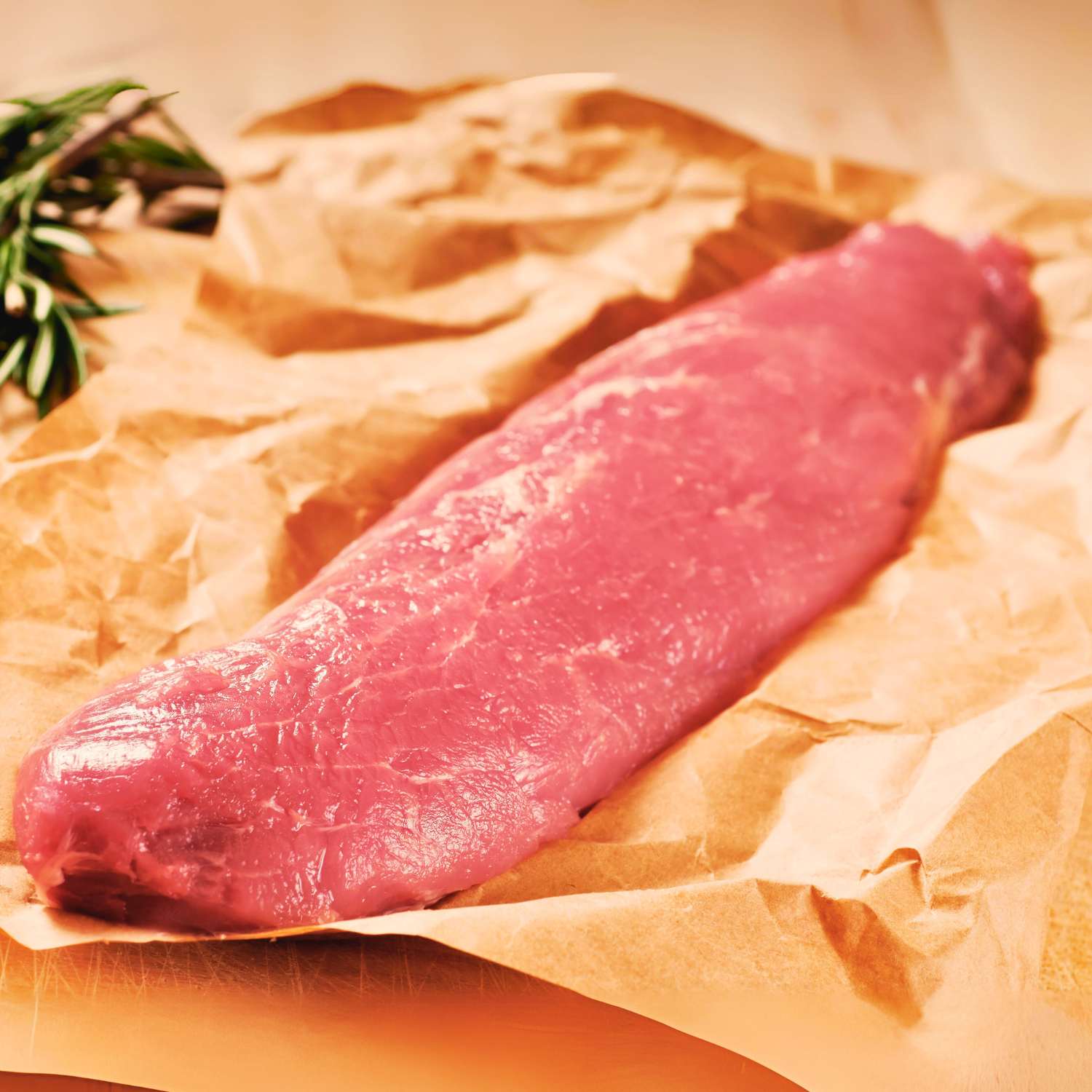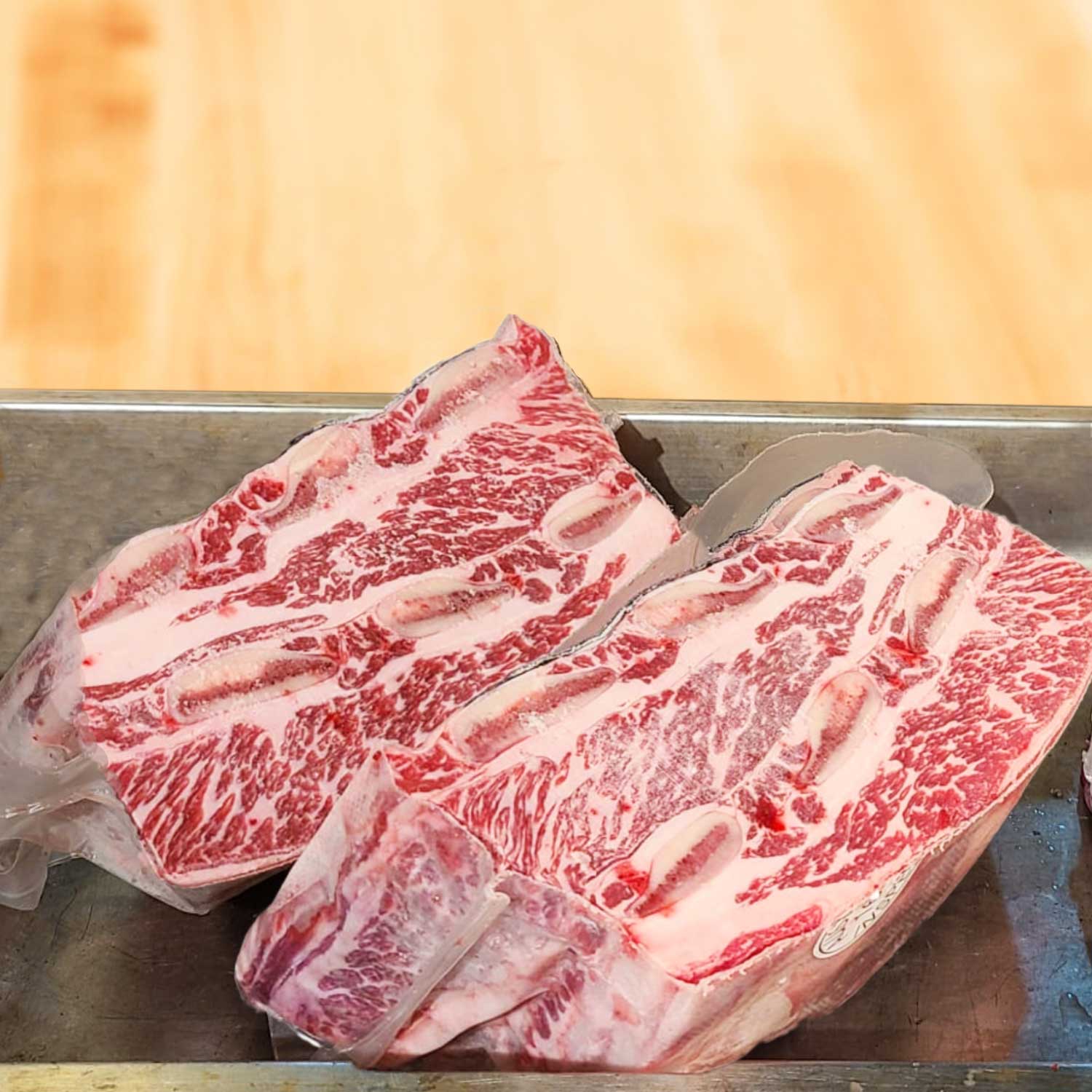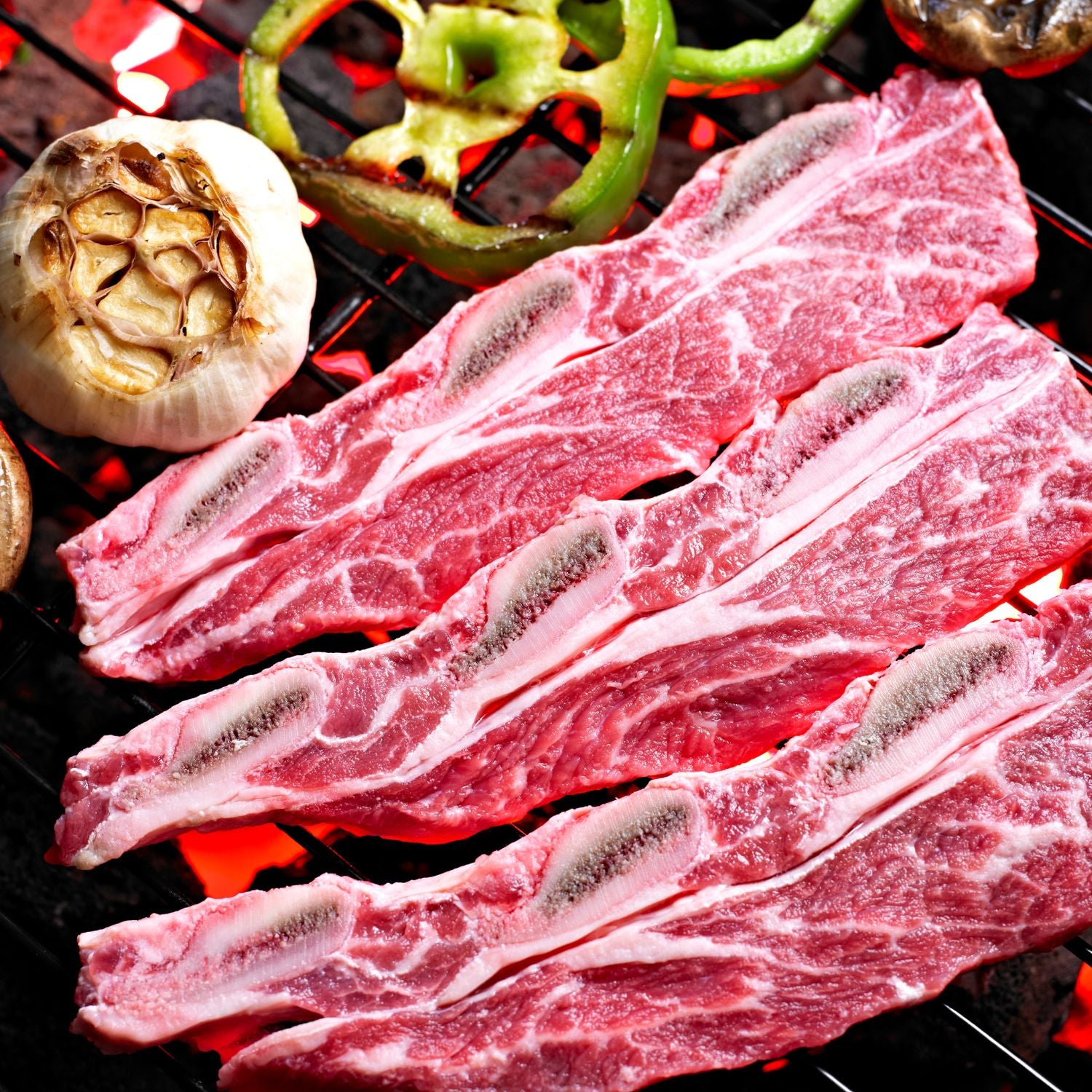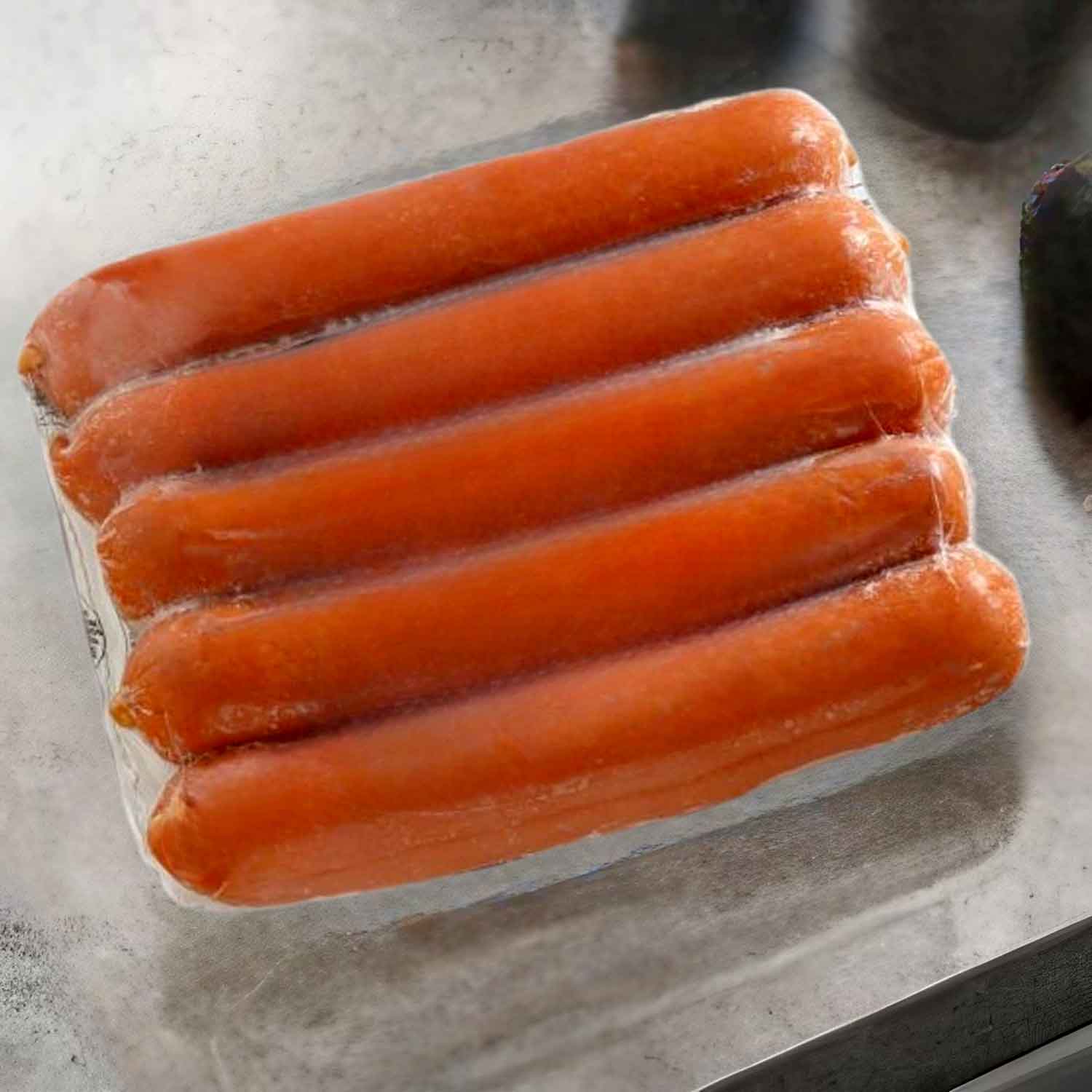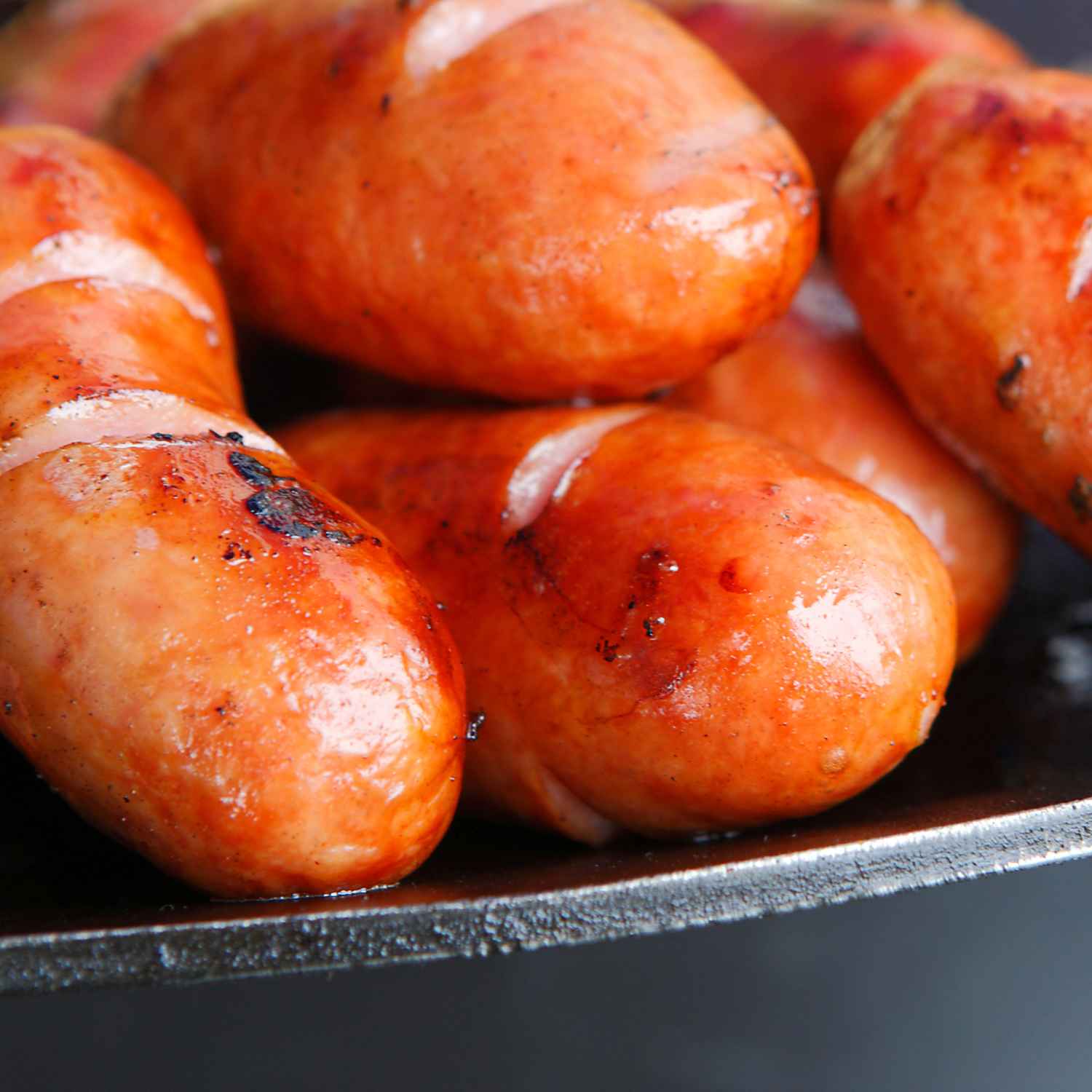Understanding the Appeal of Grass-Fed Beef Jerky
The Nutritional Benefits of Grass-Fed Beef
Grass-fed beef jerky is a healthier choice. It has more omega-3s and CLA than grain-fed beef. These nutrients are good for your heart. They also fight inflammation. This beef also has more antioxidants, like vitamin E. It has fewer bad fats and calories, too. So, it's better for weight control. Eating grass-fed beef jerky can also give you more vitamins B and iron. This is key for energy and strong blood cells. It's a smart pick for a healthy diet.

Why Grass-Fed Beef Jerky is a Healthier Snack Choice
Choosing grass-fed beef jerky is a smart move for health-conscious snackers. It's packed with more nutrients and is lower in fats compared to grain-fed beef. The cattle are usually free from hormones and antibiotics, which means a cleaner and more natural product. In Hong Kong, where health trends are on the rise, grass-fed beef jerky stands out as a popular choice. It's the perfect snack for those who want to maintain a healthy diet without sacrificing taste. Rich in protein, it's an ideal post-workout snack or a convenient on-the-go option that aligns with a wholesome lifestyle.
How to Choose the Best Grass-Fed Beef Jerky
Identifying High-Quality Grass-Fed Beef Jerky
When seeking quality grass-fed beef jerky in Hong Kong, there are distinctive markers to look for. Vibrant color, indicating freshness, is key. Marbling — the little streaks of fat — should be minimal, as grass-fed beef is leaner. The cut is also crucial; opt for cuts from the flank, round, or brisket for the best texture. The product packaging should make clear claims about being grass-fed. Look for certifications that validate these claims, such as organic or local farm labels. Additionally, the ingredient list should be short and clean, without unnecessary additives or preservatives. A pleasant, natural beef aroma should greet you upon opening, not an overpowering marinate scent. By paying attention to these quality indicators, you can select the best grass-fed beef jerky available.
Factors to Consider When Selecting Grass-Fed Beef Jerky
When choosing grass-fed beef jerky in Hong Kong, consider these key factors:
- Source of Beef: Ensure the jerky comes from reputable Hong Kong farms known for their grass-fed practices.
- Ingredients Quality: Look for natural ingredients and avoid jerky with artificial preservatives, flavors, or high sugar content.
- Cut of Beef: Select a lean cut as it's ideal for jerky, offering a balance of flavor and tenderness.
- Texture and Taste: Sample different brands to find your preferred texture (soft or hard) and taste (spicy, smoky, or plain).
- Processing: Opt for minimally processed jerky to get the authentic taste of grass-fed beef.
- Certifications: Check for certifications assuring the beef is truly grass-fed and properly managed.
- Price: While quality grass-fed beef jerky might come at a higher cost, it is often worth the investment for health and taste.
Preparing and Cooking Tips for Grass-Fed Beef Jerky
Step-by-Step Guide to Preparing Beef Jerky
To prepare grass-fed beef jerky, begin by selecting a high-quality, grass-fed roast beef. Trim excess fat and slice the beef into uniform strips for even drying. Marinate the strips in a blend of seasonings and sauces of your choice, ensuring each piece is well-coated. Allow the beef to marinate for several hours, or overnight, for the flavors to penetrate deeply. Once marinated, arrange the strips on a drying rack, leaving space between them for air circulation. Dehydrate the beef using a dehydrator, oven, or air-drying method until the jerky is dry yet pliable. Remember to store the finished beef jerky in a cool, dry place to maintain its freshness and flavor.
Optimizing Cooking Techniques for Maximum Taste and Texture
To ensure your grass-fed beef jerky has exceptional taste and texture, employ these cooking tips. First, marinate your beef slices for at least 4 hours. This allows the flavors to fully permeate the meat. Secondly, cook at low heat. Slow cooking at 70-80 degrees Celsius preserves tenderness and avoids over-drying. Third, consider using a dehydrator. It provides consistent heat and air flow, which can greatly improve the quality of your beef jerky. Lastly, don't rush the process. Good jerky takes time, typically around 4-6 hours. Patience results in a more flavorful, chewy snack perfect for the Hong Kong palate.












